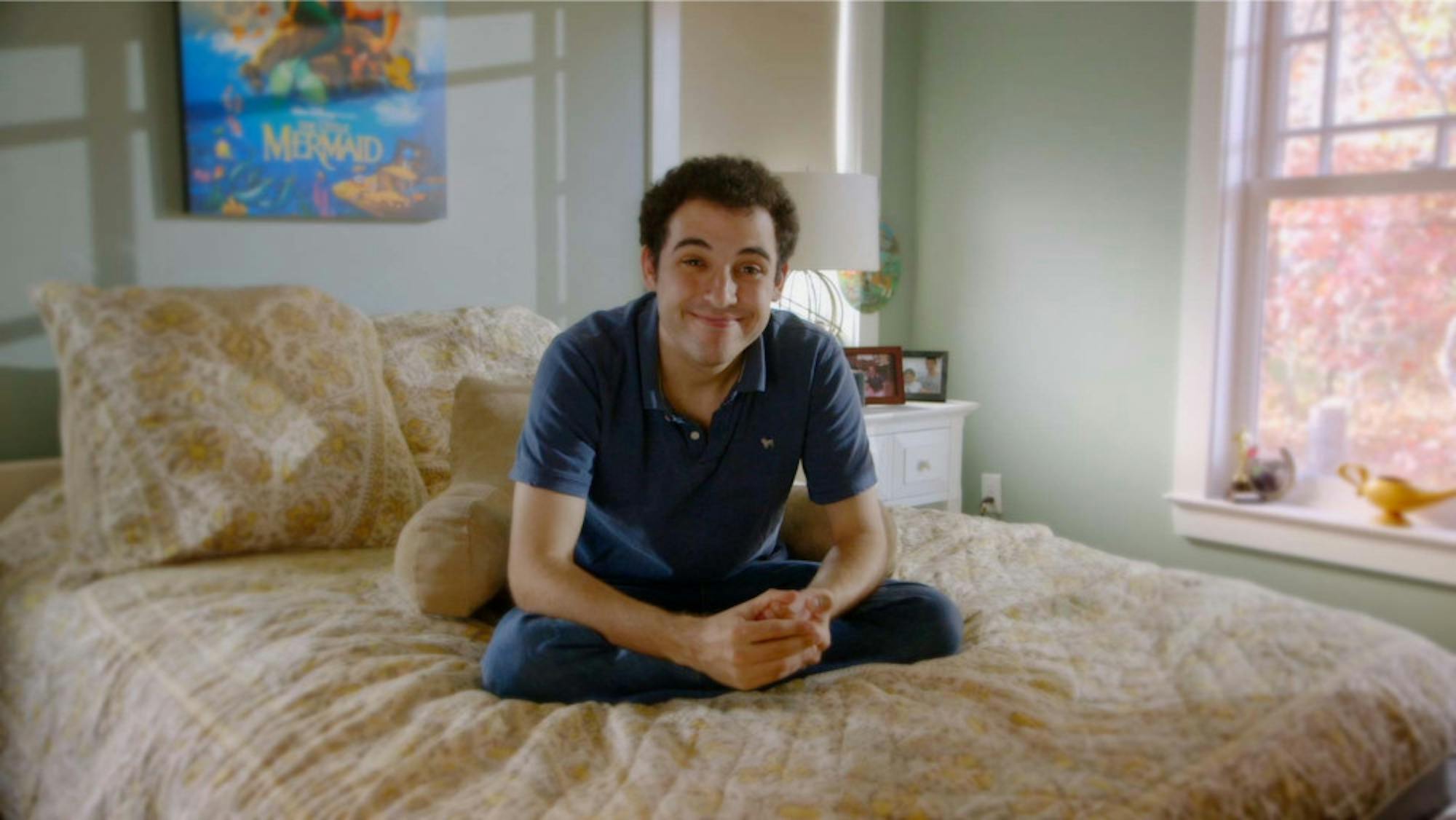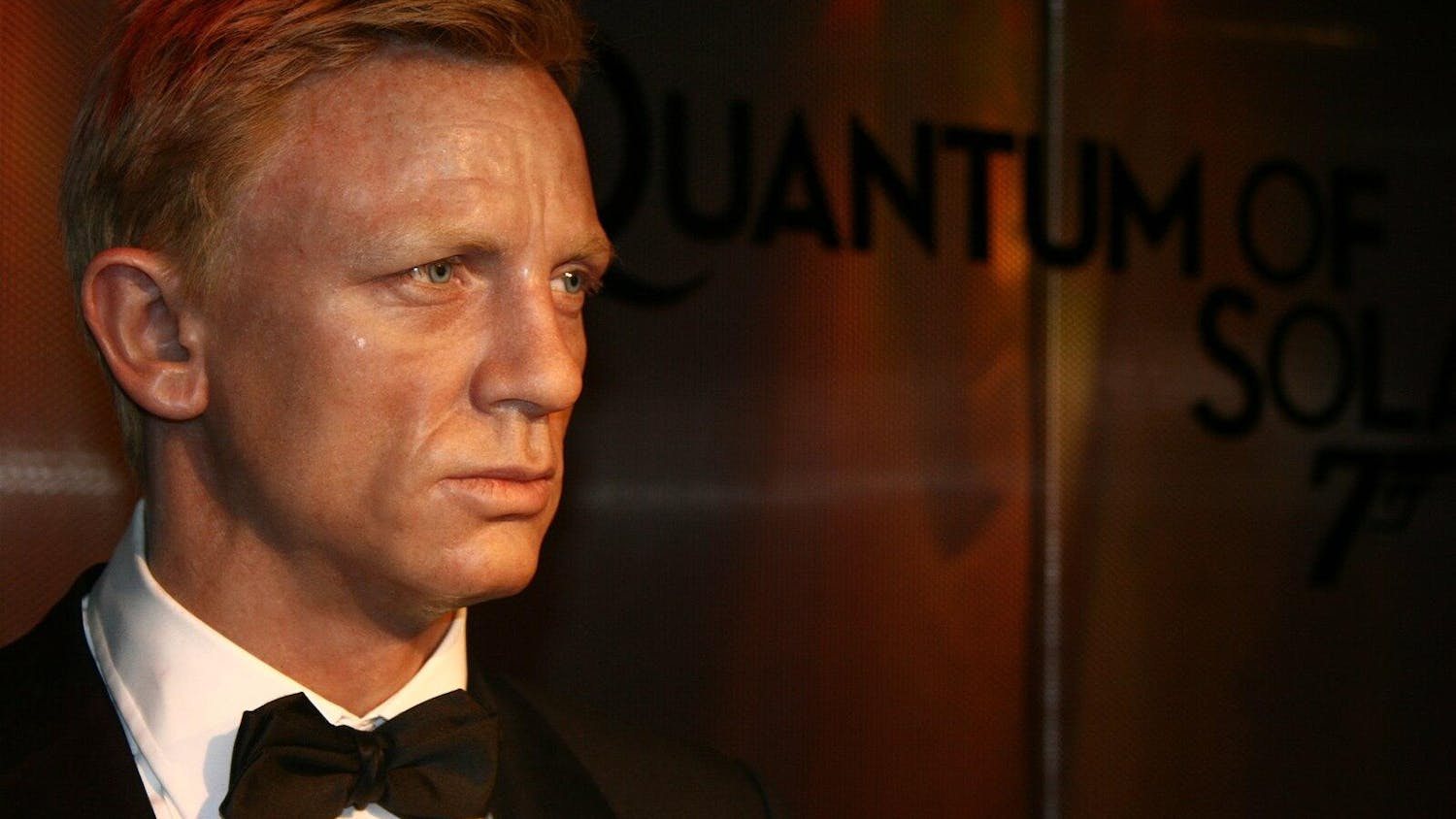Autism Spectrum Disorder (ASD) -- referring to the group of complex disorders of brain development including autistic disorder, childhood disintegrative disorder, pervasive developmental disorder and Asperger syndrome -- is found amongst 1 in 68 children in the United States. Although there are more than 2 million people diagnosed with ASD in the United States alone, these individuals are often absent in mainstream media, and the few portrayals are often problematic. Justin Robbins, president of the Coalition for Autism Support at Tufts (CAST) and a senior majoring in biology, explains how people with ASD are represented in fictional and nonfictional media.
“In nonfiction, autistic people are usually portrayed as victims of our own identities. Our very existence is assumed to be inherently sad,” Robbins told the Daily in an email. “Related to this, any compassion a neurotypical (non-autistic) [person] appears to show us, or us doing something normal/above normal/amusing, is treated as an unqualified feel good human interest story.”
According to Robbins, this phenomenon is called “inspiration porn." He added that inspiration porn is found in various media outlets, perhaps most commonly in news stories.
In fiction, people with ASD are portrayed in different yet equally erroneous ways.
“In fiction, writers typically either treat us like a helpless object or reduce us to a gimmick. Said gimmick usually focuses on more normal-seeming [people with ASD] and boils down to 'smart but struggles socially,'" Robbins said.
He explained that characters are usually heavily coded but never introduced as autistic. Characters like Sherlock Holmes in "Sherlock" (2010--present) and "Elementary" (2012--present), Dr. Gregory House in "House M.D." (2004--2012) and Alan Turing in "The Imitation Game" (2014) fall under this category,
“There are plenty of writers who replicate the coding without intending the implication,” Robbins said. "With some exceptions, there is still too much stigma around autism to acknowledge it.”
It is unfortunate that media tends to exclude people with ASD, since autistic people can use media as a way of communicating with neurotypical people. Adapted for the screen from Ron Suskind’s 2014 bestselling memoir of the same name, “Life, Animated” (2016) tells the story of Ron's son, Owen Suskind. Diagnosed with ASD at an early age, Owen learns to understand and communicate with the outside world through Disney films. "Life, Animated," which has been nominated for Best Documentary Feature in this year’s Academy Awards, is unique not only because it accurately represents people with ASD, but also because it suggests that children’s media can be utilized as a way of treatment.
Lauren Bartolotti (G ’12), the program coordinator of the Autism Program at Boston Medical Center who graduated from the Eliot-Pearson Department of Child Study and Human Development, explained the impact children’s media has on development.
“We are just becoming attune to the profound impact that media can play on any given child’s development, most especially when it is appropriately used as a vehicle for promoting and teaching communication and prosocial behavior,” Bartolotti said. “With the increase of appropriate intervention and the use of augmentative communication, many individuals with ASD integrate new ways of communicating, which can have huge implications in the ways in which they communicate with others -- those who may have not had a means to explain what they are wanting, needing, feeling, etc. may have a functional way in which to do so through new vehicles that go beyond speech."
Julie Dobrow, senior lecturer at Eliot-Pearson and co-director of the Film and Media Studies Program, believes there is not enough research on the media’s impact on autism.
“From the research perspective, we’re still in the infancy stage. We don't know much about it,” she said. “One of the things 'Life, Animated' does is it portrays in a very vivid way why we should be using resources into trying to understand how media might help people that are autistic to communicate."
However, her expertise on children’s media leads her to believe that media can be utilized as way to improve the development of children with autism.
“There’s a lot of powerful research that shows that when there’s direct media engagement and when parents and children consume media together, learning can be more impactful," she said. "This is true for children who come from many different backgrounds that have many different characteristics. I don’t see why it should be different for children with autism.”
For Owen, Disney movies helped him to communicate with his environment, but Owen’s case is also unique. Bartolotti explained the approach taken in Owen's case.
“I believe the approach used with Owen was a novel intervention based around spot-on intuition from the individuals who know him best," she said, adding that children's interests can be used to best promote learning. “Broader than the use of media, more generally, utilizing a child’s interests can allow for meeting the child where they are at and finding the common ground in which to skill-build and promote new learning. Media proves new and innovative ways in which to meet a child where they are at and find that universal language."
After seeing an article about "Life, Animated" in The New York Times Magazine, Dobrow read the book and thought it was amazing. Then, when brainstorming events at the beginning of the year, she realized that a screening of the film would meet a lot of students' interests.
“Here at [Eliot-Pearson], we were talking about how we have a lot of students interested in child health and a lot of students interested in media. We thought it would be cool to find a way of bringing those two together," she said. “I talked to a number of my colleagues here, and people were really excited about it. At that point, we started to plan and figure out what the contours of this event would be. I was very clear that we should show the film. I was very clear that we had to find a way of bringing Ron Suskind to campus.”
"Life, Animated" will be screened at 2 p.m. on Feb. 10 at the ASEAN Auditorium. The screening will be accompanied by a panel discussion with Bartolotti, Robbins, Ron Suskind, Director of the Center on Media and Child Health Michael Rich and Associate Professor at Eliot-Pearson Calvin "Chip" Gidney.
Dobrow noted that the event has generated a lot of excitement from a very broad coalition of groups. In fact, it is co-sponsored by Eliot-Pearson,CAST, the Center on Media and Child Health, the Jonathan M. Tisch College of Civic Life, the Tufts Diversity Fund, the Center for Interdisciplinary Studies, the Film and Media Studies Program, the Department of Community Health, Tufts Hillel's Merrin Moral Voices lecture series and Sunkissed Families.
“['Life, Animated'] is a beautiful film. There are great characters in this film. You come to know the Suskind family, and you love them ... They use home movies of the Suskinds that show Owen and his brother Walter as little boys. It really gives you insight to the dynamic of the family," Dobrow said. "Tufts students interested in families, child health or just interested in Disney should watch the movie. It is also a great example of how media can be used to engage social issues, and it is important for us to think about that, particularly in this day and age."
'Life, Animated' screening to show how media impacts children with autism






